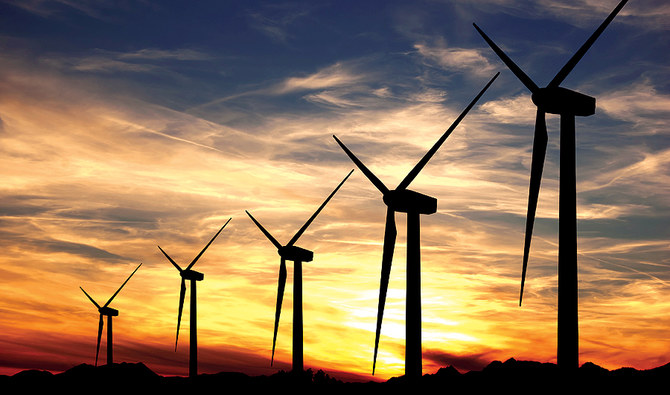State-owned buyer, Saudi Power Procurement Company (SPPC), has received bids for a contract to implement another renewable energy project in Saudi Arabia. All projects to establish independent wind power producers (IPPs) in Saudi Arabia are consistent with Saudi Arabia’s objectives to attain renewable energy dependency. The Saudi Arabian Kingdom aims to install 58,700 MW of wind power plants by 2030. SPPC has received offers from several well-known companies for one of the construction projects. Bidders in prospect include companies such as Acwa Power and Total Energies Renewables.
The scope of the project includes the construction of three IPP wind power plants in different regions of Saudi Arabia. The contracts are awarded under the fourth round of the Kingdom’s National Renewable Energy Program (NREP). The three IPP wind farms have a total capacity of 1,800 MW. The three projects include the Yanbu IPP wind farm with a renewable energy capacity of 700 MW. The IPP Al-Ghat wind farm has a capacity of 600 MW and the IPP Waad al-Shamal wind farm has a capacity of 500 MW. The financial advisory division of Tokyo-based Sumitomo Mitsui Banking Corporation is advising SPPC on the budgeting and purchase of three IPPS wind power plants. Saudi Arabia has so far purchased only one IPP under the NREP wind energy program.
Saudi Arabia Aims To Replace Liquid Fuels, Which Account For 50% Of Its Energy, With Renewable Energy such as Wind Power Plants
The Ministry of Energy, through the SPPC, is responsible for acquiring 30% of the 58,700 MW of wind power plants through public tenders. Saudi Arabia’s Public Investments and Sovereign Vehicle will acquire the remainder under the kingdom’s Price Discovery Program. Both initiatives aim to increase the share of renewable energy sources to 50% of Saudi Arabia’s electricity production by 2030.This will replace liquid fuels, which currently account for 50%. Energy from Saudi Arabia. The remaining share will be natural gas. Saudi Arabia aims to acquire and build all renewable energy projects, such as wind IPPs, by 2030.

Leave a Reply